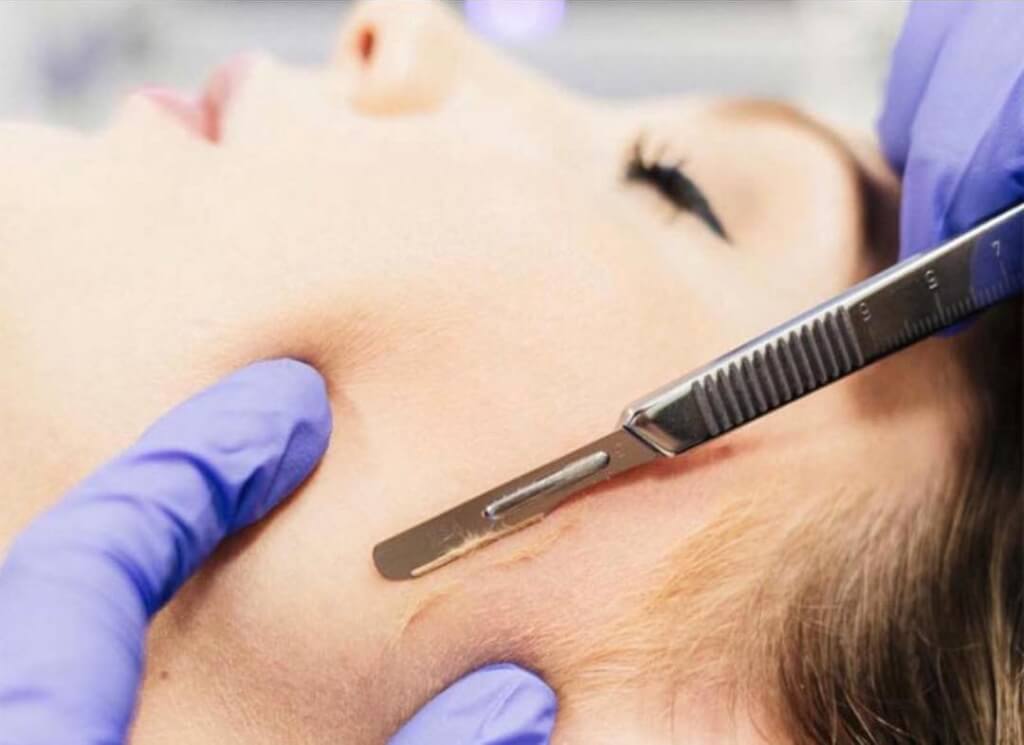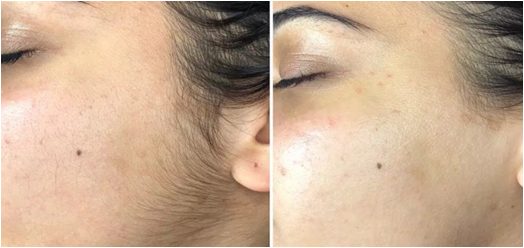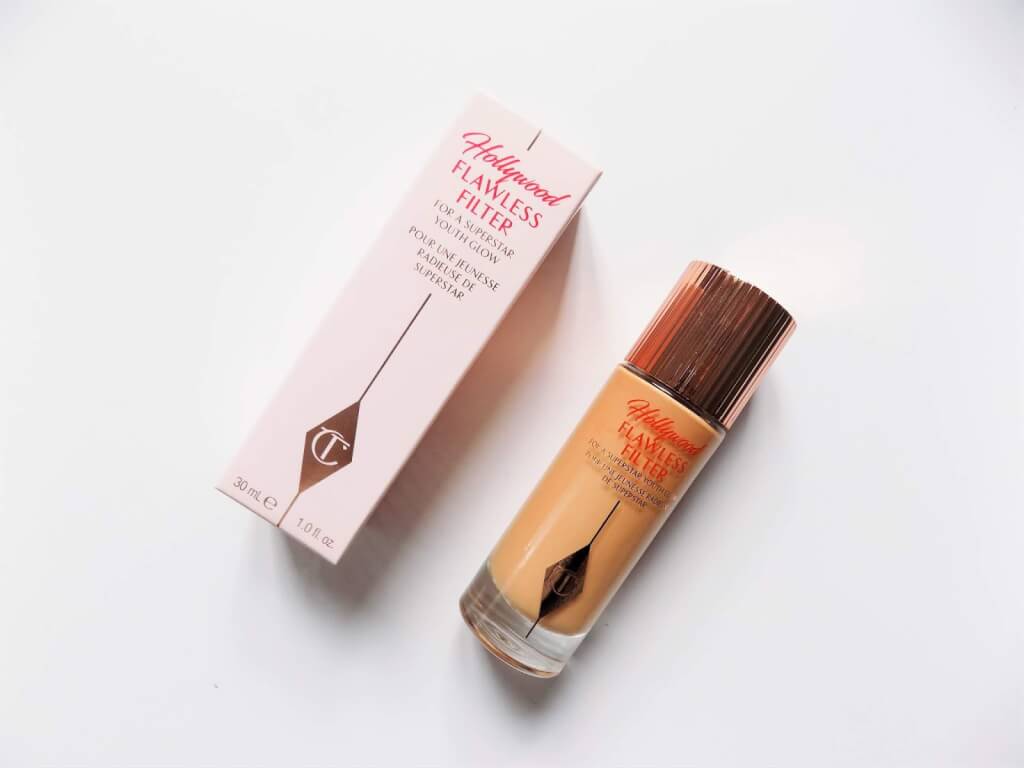How Often Should You Dermaplane: Explained
While the process of using a scalpel to (gently) scrape off the outermost layer of your skin might not sound ideal, dermaplaning is very easy, painless, and can be done at home.
If you want to exfoliate your skin without the use of harsh chemical peels or abrasive scrubs, dermaplaning is your savior.
You can pay a professional to do it if you want the full spa experience, or you can do it yourself. However, before becoming your own esthetician, you will need a small crash course about the process.
Continue reading to learn the answers to all of your burning questions:
- How often should you dermaplane?
- What are the benefits?
- Are there any disadvantages?
- Wet or dry skin?
And more….
What Is Dermaplaning?
Invented back in the 1970s, dermaplaning is a great way to revive, brighten, and clean your face. In simple terms, it’s like shaving your face – but it’s more precise than that. It removes dead skin cells, peach fuzz/facial hair, and dirt.

An esthetician will use dermaplaning tools such as a scalpel or blade at specific angles to carefully remove this exterior layer of skin. If you do it at home, you will use a hair removal tool with a few safety features built-in, making it more difficult for you to cut yourself but still possible.
What Are the Pros and Cons of Dermaplaning?
You would be hard-pressed to find a beauty treatment with no disadvantages, no matter how minor they may be. Dermaplaning is no different.
First, let’s start with the positive.
Pros
- Easy to do at home
- Doesn’t take much time
- Reduces fine lines by promoting collagen production
- Removes excess hair (peach fuzz)
- Works well with most skin types
- Allows your beauty products to sink in better, providing better results
- Painless
- Great exfoliant, without scrubbing and chemicals
- Helps to fade discoloration and scarring
Cons
- Not good for people with acne or acne scars, breakouts, very sensitive skin, rosacea, hyperpigmentation or active eczema
- Results don’t last long
- Becomes an expensive habit over time
- If you are not cautious, you could nick or cut your face (and these cuts could get infected)
- At-home results may vary depending on the blade you buy and the angle you use
How Often Should You Dermaplane at Home?
After realizing how great this treatment is, one of the most common questions is, “How often should you dermaplane your face?”. It should only be done once a month, no matter where you do it.
If your skin is tough, you may be able to get away with doing it every 2 weeks.
Can You Dermaplane Too Often?
Yes. Over-dermaplaning, or any type of over-exfoliation, removes too many layers of skin and leaves your face susceptible to many contaminants.

If your skin becomes irritated and sensitive, that is sign number one to slow down. Additionally, if your forehead becomes shiny, that shows that proteins and fats that are essential to your skin have been stripped away.
After a session, it is not uncommon to experience a few small red bumps, but these will clear up quickly and without intervention.
Should You Dermaplane With Dry or Wet Skin?
Your skin should be completely dry when you dermaplane. Although it is similar to shaving, this fact is very important. Some people like to shower before they begin the process. Considering you’ll be finishing off the treatment with beauty products, this is ideal.
Let’s take a look through the process:
- Clean your face with a gentle cleanser and ensure all makeup, dirt, and oils have been removed
- Completely dry your face
- Pull your skin, so it is taught
- Hold the blade at a 45-degree angle and lightly stroke downwards (always from top to bottom)
- Do not use the tool on your eyelids, the sides of your nose, or your hairline
You’ll want to finish the exfoliating treatment with your favorite hydrating serum when you are done. It is a good idea to top that off with a moisturizer to lock that in. The moisturizer will lock in that hydration and protect your fresh skin.
If you plan to go outdoors afterward, an SPF is also recommended.
Can I Use Vitamin C After Dermaplaning?
The skincare products you apply to your face after dermaplaning really depend on your skin’s sensitivity. It’s best to use products that your skin is already familiar with.
A Vitamin C serum is deeply hydrating but can also be irritating if you haven’t used it before. The same goes for retinol, AHAs, and BHAs.
If you’re unsure about how your skin will react, stick with basic hydrating serums and moisturizers after the treatment. You can use the stronger products in-between treatments.
Conclusion
If you’re looking for a way to clean, brighten, and rejuvenate your skin, this is it. A dermaplaning treatment is a great method of exfoliation that leaves your face feeling incredibly smooth.
After just one treatment, you’ll notice that your beauty products penetrate the skin more, giving you better results, and your makeup sits effortlessly on your face.
As for the question, “how often should you dermaplane?”, you need to be cautious not to overdo it. You can start with once every two weeks if you think your skin is up for it, but generally, once a month is sufficient.
While it is suited for almost all skin types, if you experience a rash or irritation, you should contact your doctor or dermatologist immediately and stop dermaplaning.











